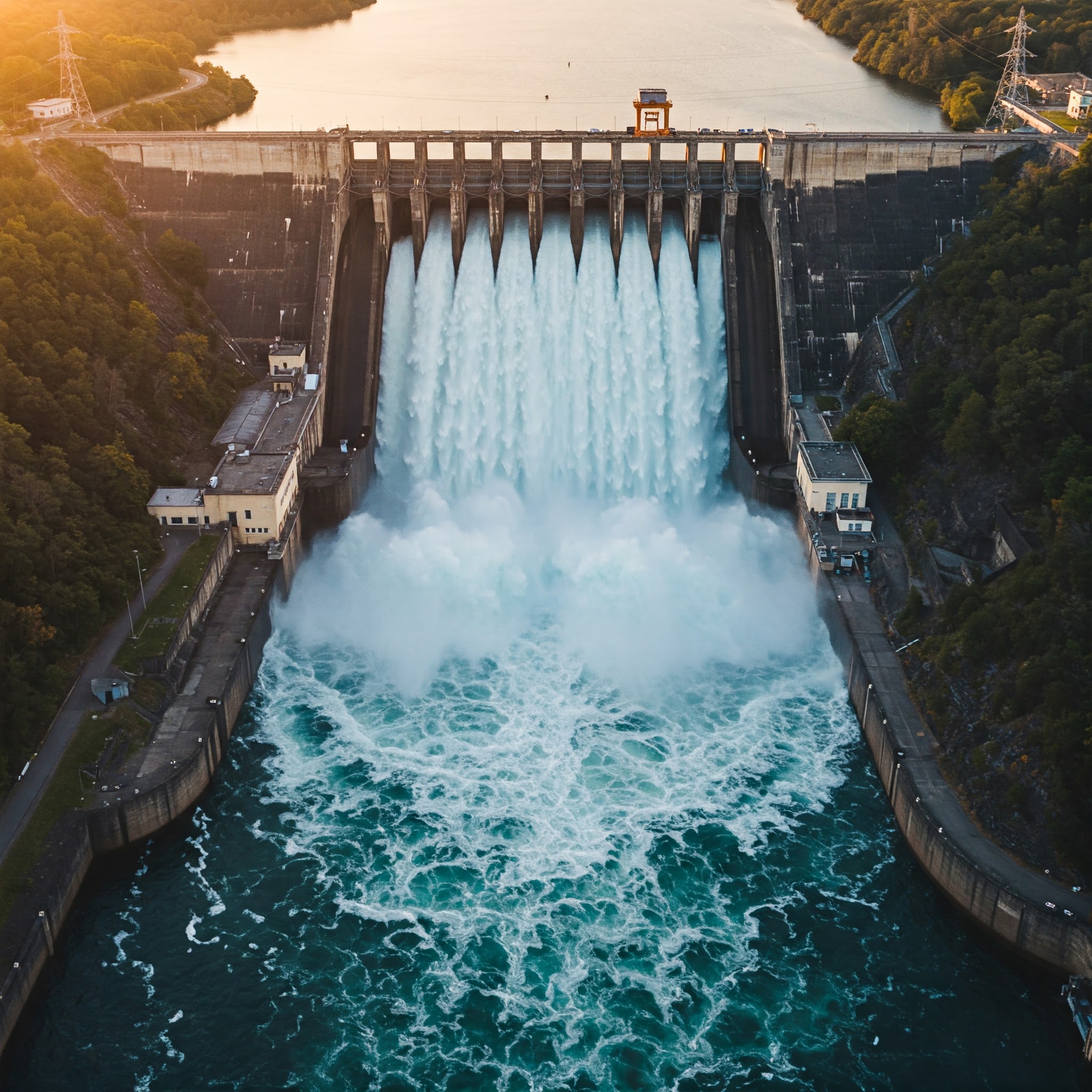Water Horsepower Flow Rate
Water Horsepower Flow Rate Formula |
||
|
\( Q \;=\; \dfrac{ WHP \cdot 3960 }{h_t }\) (Water Horsepower Flow Rate) \( WHP \;=\; \dfrac{ Q \cdot h_t }{3960 }\) \( h_t \;=\; \dfrac{ WHP \cdot 3960 }{Q }\) |
||
| Units | English | Metric |
| \(Q \) = Discharge Flow Rate | \(ft^3\;/\;sec\) | - |
| \( WHP \) = Water Horsepower | \(lbf-ft\;/\;sec\) | - |
| \( h_t \) = Total Head | \(ft\) | - |

Water horsepower flow rate is used to quantify the power required to move water through a system, such as a pump or turbine, based on the flow rate and the pressure or head involved. It represents the theoretical energy needed to lift a specific volume of water to a given height or to overcome resistance in a system. This is needed in designing and evaluating pumping systems, irrigation setups, and hydroelectric applications, as it helps determine the efficiency and capacity of equipment needed to achieve the desired water movement. For instance, a higher flow rate or greater head requires more water horsepower, influencing the selection of pumps or motors. Understanding water horsepower flow rate ensures systems are optimized for energy efficiency and performance while meeting operational demands.
- See Article - Horsepower Conversion

